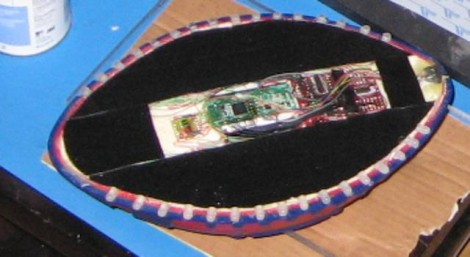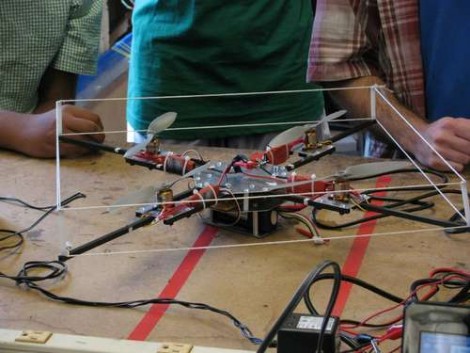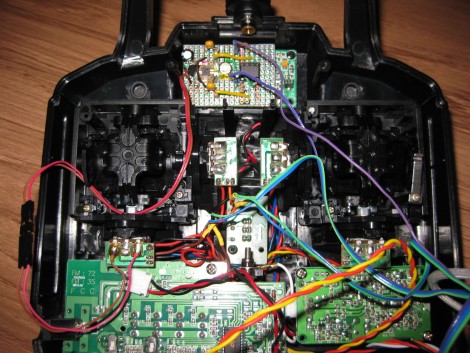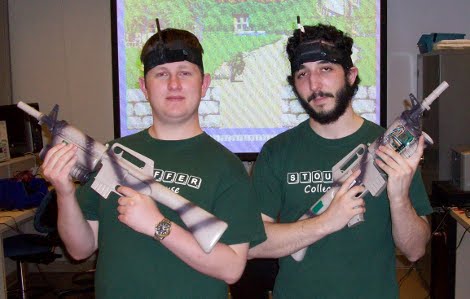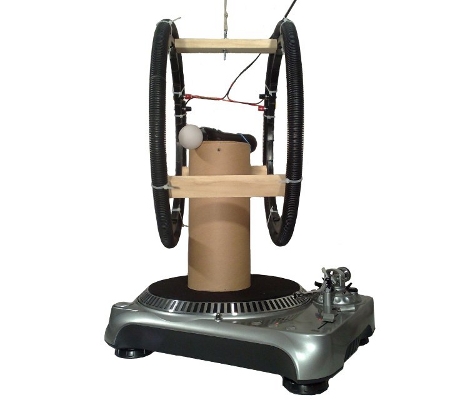
This somewhat odd-looking apparatus is being used to measure earth’s rotation. At the heart of the system is a PlayStation Move controller, used because of its dual-axis gyroscope which has the highest dynamic range compared to other available products like the Wii Motion Plus. It rests on a column perched atop a record player that was chosen because of its precision rotation rate. The two rings that flank the controller make up a Helmholtz coil which is used to cancel out the earth’s magnetic field which was found to be interfering with measurements taken by the Move controller. By recording data over time the experimenter can prove that the earth is indeed rotating, as well as ascertain longitude data and find true north. Check out the data-packed video after the break.
Continue reading “Measure Earth’s Rotation With PlayStation Move”

